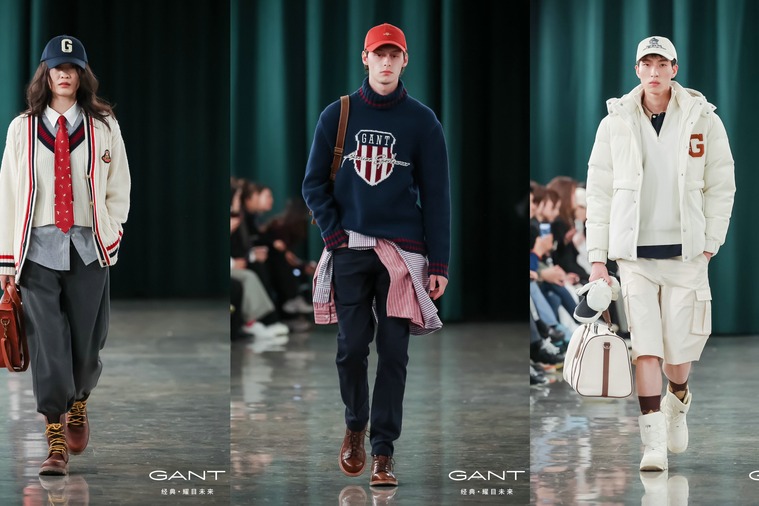Retailers need to take stock of consumers' buying habits

"Mind the gap", that polite, ubiquitous reminder of subway safety, can also be applied as good advice for retail sites, online and offline, as a way to improve business.
It's timely advice, too, since it regards how retailers can help stimulate domestic spending.
As China shifts attention to the key role of domestic consumption, the nation's sellers might well take stock of an issue that, left unaddressed, will be a missed opportunity to fully tap consumer potential.
And when I say "take stock", that is literally what retailers across the board could do better. They need to mind the "gap" seen on store shelves and online platforms when popular items are sold out but aren't restocked in a timely manner.
Countless times since I moved to China more than nine years ago, I have been perplexed at how so many brick-and-mortar businesses, big and small, are lax in minding the shop, so far as inventory control is concerned.
An empty or partially empty shelf never looks good (it can give the impression you're going out of business), but it's downright frustrating when an item that has sold out — a sure sign of demand for that product — remains absent, sometimes for days or weeks, sometimes forever.
From corner shops to major retailers, products fail to rematerialize in a timely fashion, which not only indicates poor monitoring of sales trends, but can actually drive customers to competitors in search of a desired item.
Take, for example, canned cat food. A certain premium brand offers a range of flavors, some of which all of the cats I feed are crazy about, and some of which they all disdain.
Long before COVID-19 disruptions, when the unreliability of supplies drove me to purchase this food entirely online, I would, when suddenly running low, rush to one of several markets that stock it.
But what I consistently found was this: The popular flavors were gone, and they remained absent for a week or longer, while the flavors that every cat refuses to eat remained on the shelves in telltale stacks. Truly a pet peeve!
There even seems to be a tendency to not restock particular flavors or varieties of one brand until all varieties of that brand, popular or not, have sold out. How silly! The unpopular flavor is going to remain a long, long time on the shelf, because consumers aren't simply going to shrug and surrender their preferences to accommodate a pigheaded retailer.
In fact, those who want that can of food or flavor of ice cream or countless other products, including impulse buys, might immediately shuffle off to another store, or will make it a point to turn entirely to online purchasing and cut the offending brick-and-mortar shop out of their supply chain entirely.
The problem is hardly confined to the offline realm. Too often, after ordering online from two top-name convenience stores in Beijing, I discover too late (after paying) that one or more items are not in stock at that particular branch.
This prompts one of three responses: An electronic refund is (usually automatically) sent to my phone; a clerk calls to tell me the bad news and ask if I would like a substitute (but as a foreigner, I face a communication obstacle); or the store clerk, without consultation, chooses a substitute item for me.
Needless to say, none of these three convenience store outcomes is particularly convenient.
However, other branch stores of these same retailers are smartly set up so that I cannot order an out-of-stock item, or if I want three of something and just one is left, a pop-up message tells me so. That's both smart for the seller and convenient for the consumer.
I recall how, at a local grocery store back home in the United States, a clerk would patrol the dairy aisle daily, a portable ordering machine in hand, to note which items were running low, so they could restock the next morning. Large retailers even hired companies whose workers would descend on a store after closing time to catalog, aisle by aisle, exactly which items, and how many of them, were on the shelves at that time.
But even small mom-and-pop stores can tabulate their inventory more closely to note which items are popular and which aren't, and adjust to inevitable shifts in buying trends.
As retailers online and offline vie with an increasing number of competitors, it behooves them to "mind the gap" regarding sales trends and then cater to, rather than neglect, consumer needs, impulses and cravings.
Contact the writer at jameshealy@chinadaily.com.cn





































